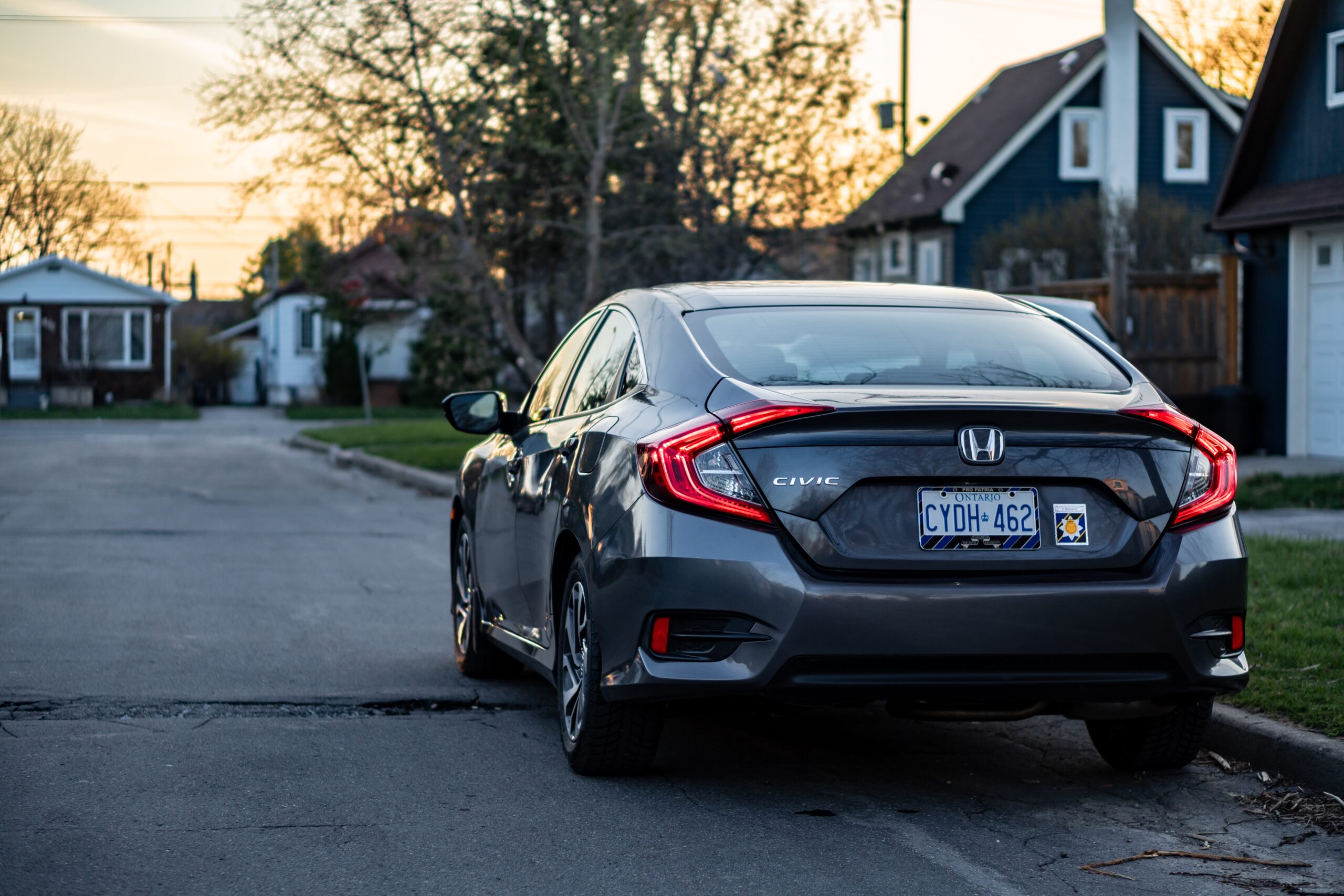Comparing Auto Insurance Rates by Vehicle: A Smart Guide to Finding the Best Coverage
Comparing Auto Insurance Rates by Vehicle: A Smart Guide to Finding the Best Coverage; When it comes to purchasing auto insurance, the rates you’ll encounter can vary based on several factors, including the make and model of your vehicle. Insurers assess risk differently for different vehicles, resulting in varying insurance premiums. Understanding how auto insurance rates are determined by vehicle can help you make informed decisions and find the best coverage at the most competitive price. In this article, we will explore how to compare auto insurance rates by vehicle and guide you through the process of finding the coverage that suits your needs and budget.
- Vehicle Type and Insurance Risk
Insurance companies assess the risk associated with insuring different vehicle types based on factors such as crash-test ratings, theft rates, repair costs, safety features, and accident statistics. Vehicles with higher safety ratings and lower theft rates generally attract lower insurance premiums. Before purchasing a vehicle, consider researching its insurance risk rating to get an idea of the potential insurance costs associated with that particular make and model.
- Insurance Loss Data
Insurers analyze insurance loss data to assess the frequency and severity of claims for specific vehicle models. Some vehicles may have higher claim rates or higher average claim costs, which can affect insurance premiums. It’s worth reviewing insurance loss data, which is often available from insurance industry sources, to understand the historical claim patterns associated with the vehicle you are considering.
- Safety Features and Discounts
Vehicles equipped with advanced safety features often qualify for insurance discounts. Safety features such as anti-lock brakes, airbags, traction control, and electronic stability control can reduce the risk of accidents and mitigate injuries, leading to lower insurance premiums. When comparing auto insurance rates, inquire about discounts available for safety features on your vehicle to potentially lower your insurance costs.
- Repair Costs
Insurance rates can be influenced by the cost of repairing a specific vehicle. Luxury or high-performance vehicles often come with higher repair costs due to specialized parts and labor. In contrast, vehicles with readily available parts and lower repair costs may result in more affordable insurance premiums. When evaluating auto insurance rates, consider the potential repair costs associated with the vehicle you are interested in and how they may impact your insurance premiums.
- Deductibles and Coverage Options
When comparing auto insurance rates, consider the deductibles and coverage options available. A deductible is the amount you must pay out of pocket before your insurance coverage applies. Higher deductibles typically result in lower premiums, but be sure to choose a deductible that fits within your budget. Additionally, evaluate the coverage options offered by different insurers to ensure they meet your needs and provide sufficient protection for your vehicle.
- Shop Around and Compare Quotes
One of the most effective ways to compare auto insurance rates by vehicle is to shop around and obtain quotes from multiple insurance providers. Different insurers weigh vehicle factors differently, leading to variations in premium rates. Request quotes from several reputable insurers, providing them with the same information regarding your vehicle, coverage preferences, and personal details. Comparing these quotes side by side will allow you to identify the insurers offering the most competitive rates for your specific vehicle.
- Consider Customer Reviews and Satisfaction
While price is an important consideration, it’s also essential to evaluate the reputation and customer satisfaction of the insurance providers you are considering. Look for insurers with positive customer reviews, excellent claims handling, and reliable customer service. A reliable insurer with good customer satisfaction ratings can provide you with peace of mind and support when you need it most.
Comparing auto insurance rates by vehicle is an essential step in finding the best coverage at the most competitive price. Consider factors such as vehicle type, insurance risk, safety features, repair costs, deductibles, coverage options, and customer satisfaction when evaluating quotes from different insurers. By conducting thorough research, obtaining multiple quotes, and considering various factors, you can make an informed decision about the auto insurance coverage that suits both your vehicle and your budget. Remember to review and compare quotes regularly, as insurance rates can change over time. By taking the time to compare auto insurance rates by vehicle, you can ensure that you have the right coverage in place to protect yourself, your vehicle, and your financial well-being.






